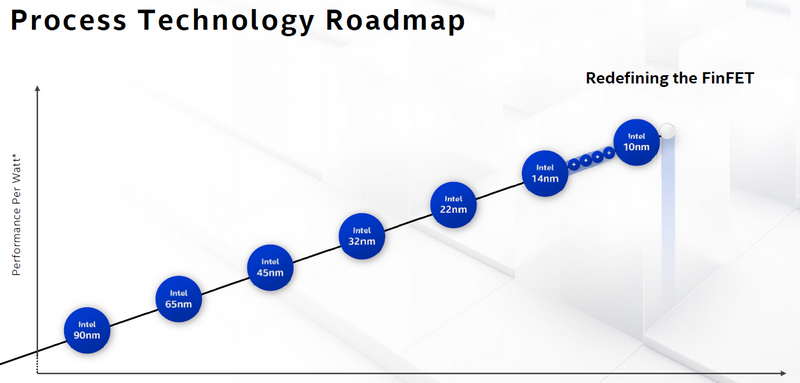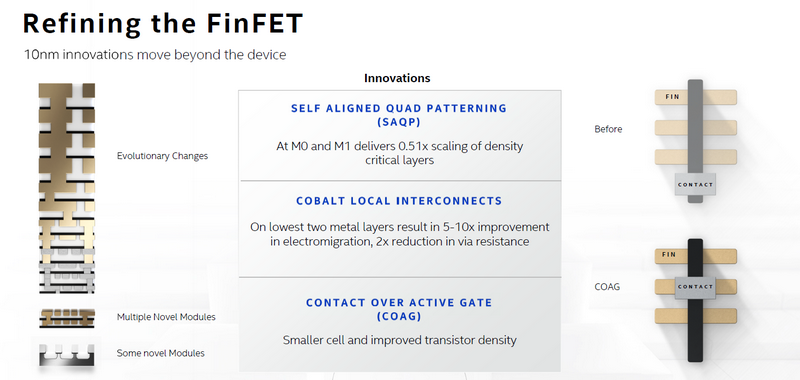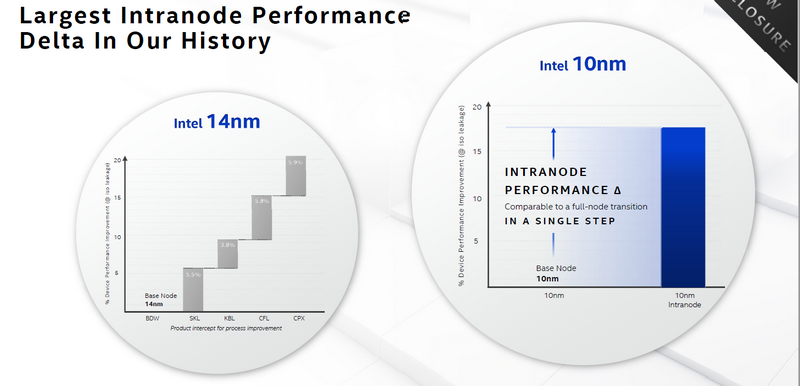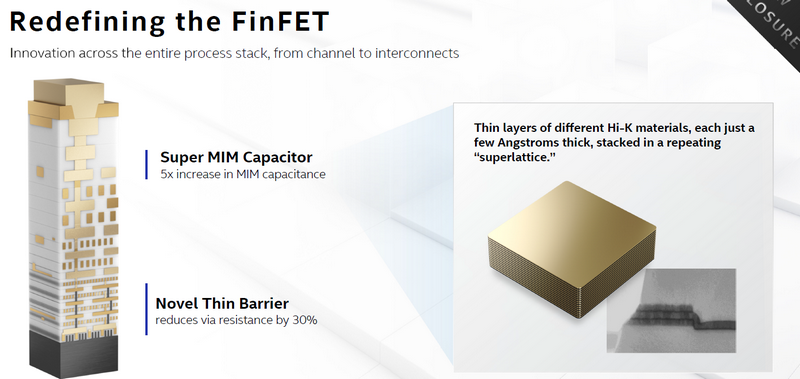
On the past August 13 (that is, yesterday, and taking into account the time difference almost today) Intel Architecture Day 2020, as in previous years, the company's management announced its key achievements and priorities for the near future. We would like to share in hot pursuit the most interesting we heard at the event. In this post, the most important news about 10nm SuperFin processor technology.
After years of improving FinFET transistors, Intel is making a number of intra-node changes that are comparable in performance impact to a thinner process technology. The technology, called 10nm SuperFin, combines the latest generation FinFETs with Super MIM (metal insulator metal) capacitors.

The SuperFin benefits include improved epitaxial sink / source, improved shutter technology, and an extra shutter pitch to provide higher performance by:
- improving the epitaxial growth of crystal structures at the drain and source, increasing voltages and decreasing resistance for more current to pass through the channel;
- gate improvements to provide more channel mobility, which allows the charge carrier to move more quickly;
- , ;

- 30% ;
- 5- , . - Hi-K , - « » .

In terms of cell density and performance, 10nm SuperFin technology is roughly equivalent to current 7nm technologies. Over the next year, it will be further improved - the result will be called Enhanced SuperFin.

Intel's next mobile processor (codenamed Tiger Lake), which will begin shipping to manufacturers by the New Year, is based on 10nm SuperFin technology. It was decided to completely replace the name of the 10nm ++ process technology with 10nm SuperFin in all products, further advantages will not be used.
The news with Intel Architecture Day 2020 doesn't end there. To be continued.